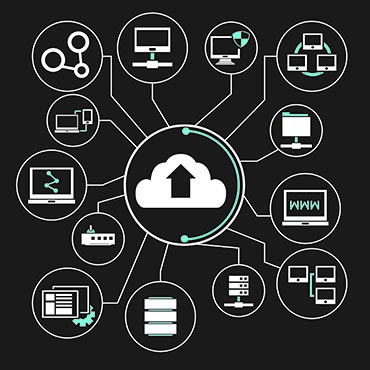What, exactly, does a cloud broker do?

The role cloud brokers play in government IT remains largely undefined, but Microsoft's Susie Adams says the game is changing quickly.

The way government delivers IT services has undergone major changes in recent years. Now, as agencies move past simply getting their email to the cloud look to the next big thing, "cloud brokers” are stepping up to see where they fit into the equation.
A broker, by definition, is someone who buys and sells goods or assets for others. But when it comes to government cloud, the idea of brokers is a bit fuzzier.
The General Services Administration issued a request for information on cloud brokerage in 2012, and the industry response was so strong that GSA extended the RFI by several weeks. The Defense Information Systems Agency also issued an RFI on cloud brokerage in 2012. That same year, the Defense Department CIO designated DISA as the cloud broker of services to all military agencies.
This emergence of cloud brokers coincided with a changing role for systems integrators, according to Susie Adams, chief technology officer of Microsoft Federal. Microsoft, she said, sees cloud brokers as the new intermediary between service providers and agencies
“The jury is still out on where this will land, and there’s multiple models of what people are calling a broker today,” Adams said. “But I think of them as the intermediary here; they’re usually trying to solve a procurement, standardized pricing, management or security problem.”
Adams is not alone in that opinion. Major system integrators, such as Accenture, have also taken to calling themselves brokers as of late.
Microsoft, meanwhile, been trying to keep up with this model by allowing certain partners to purchase its cloud, Microsoft Azure, directly. Many of those partners can in turn offer cloud in the form of software as a service.
Watching an agency try to procure a cloud now is hard, Adams said. It’s a long, and often painful process.
“We’re just dipping our toes in the water of how do we help agencies do that handshake, and build innovative solutions that are hybrid, and can help them leverage their existing investments but at the same time take advantage of the innovation of the cloud,” Adams said.
The big question many federal cloud providers are dealing with is how to deliver cloud services cheaper and more quickly; staying within the confines of the Federal Acquisition Regulation; and at the same time allowing agencies to adopt cloud more aggressively and responsibly.
That has been one of Microsoft’s major focuses as it adapts to working with the federal community. Microsoft announced last week that Dynamics CRM Online will join Office 365 and Azure in providing a cloud available for U.S. federal, state and local governments. By early 2015, agencies will be able to access Microsoft Azure, Office 365 and CRM on the same platform.
“What we’re really trying to do is align the cadence behind them and the requirements that they meet,” Adams said.
Putting all those services in one place gives agencies more flexibility and options, according to Adams. “They can have an integrated experience across the productivity stack and then ... build additional capabilities if they want,” she said.
An increased focus on software capabilities will mean that the service will be extended to any device and any platform, Adams added.
“It is all about software and software automation as we move [into] that mobile-first and cloud-first world,” she said. “It is all about making sure you can live heterogeneously and give users that experience.”
NEXT STORY: Schedule 70 cloud listing could shower benefits


